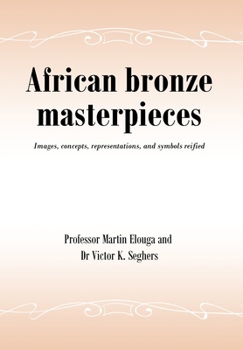African bronze masterpieces: Images, concepts, representations, and symbols reified
Bronze art is one of the manifestations of African genius. An activity confined to the palace and controlled by the leading class from the constitution of states to the nineteenth-century, a period during which it finally left the court to enter to a process of democratization and popularization. The multiplication of the workshops induced justifies the abundant and diversified production. The works created reflect the social, cultural, political, religious, and spiritual life of the peoples who have domesticated the lost wax techniques such as the Mboum, the Tikar, the Yoruba, or the Edo, among others. These works have been the subject of many researches. The available publications are proof of this intensive research on bronze art production in Africa. But African bronze works of art, specially Tikar, have not been sufficiently presented to the scientific community, nor to the general public. The present book is an open door to sumptuous and fascinating works, full of meaning and symbols, which give a sound account of the history and the global life of the producers in their relationship with nature, neighboring peoples, belief, and religion.





